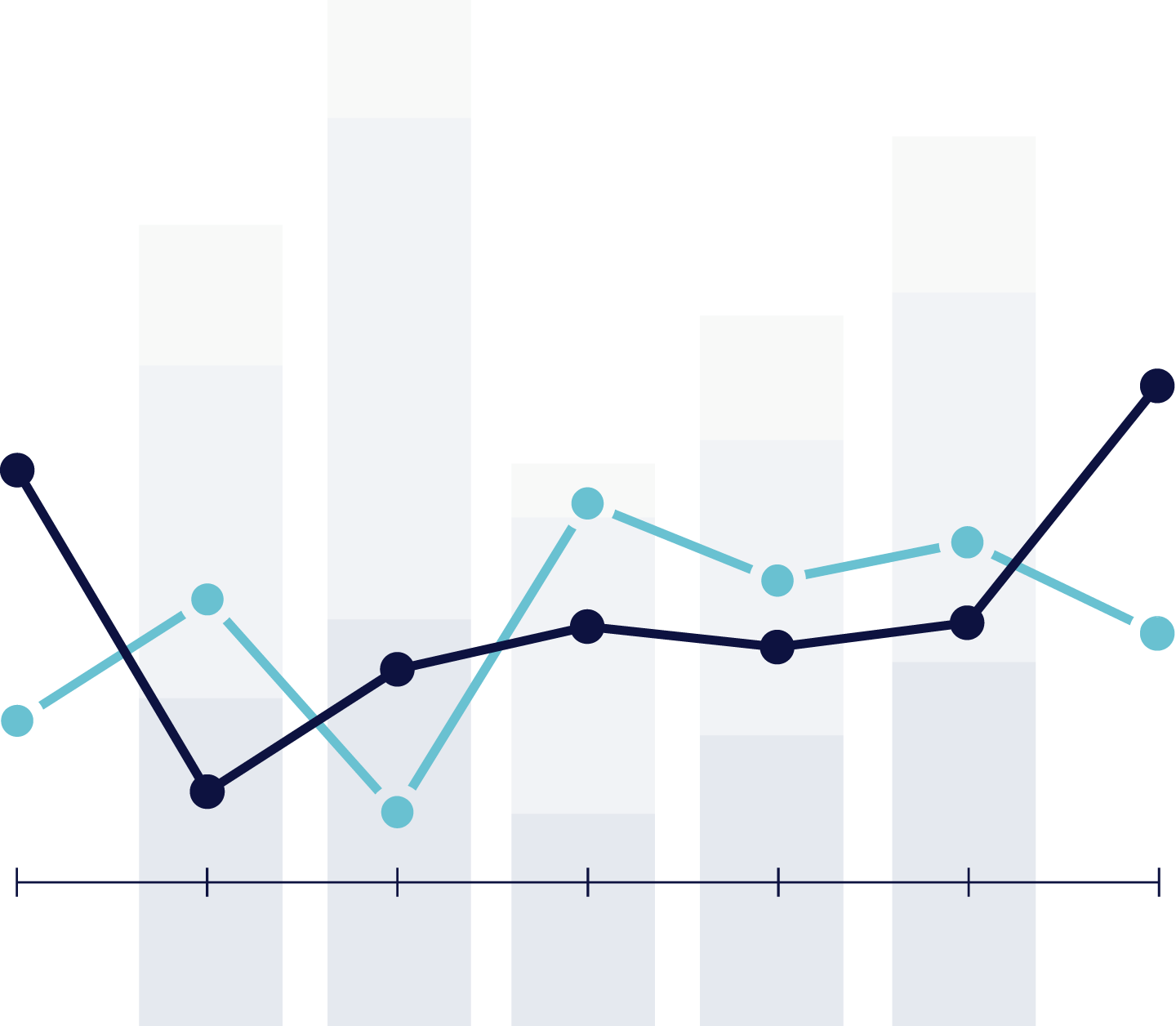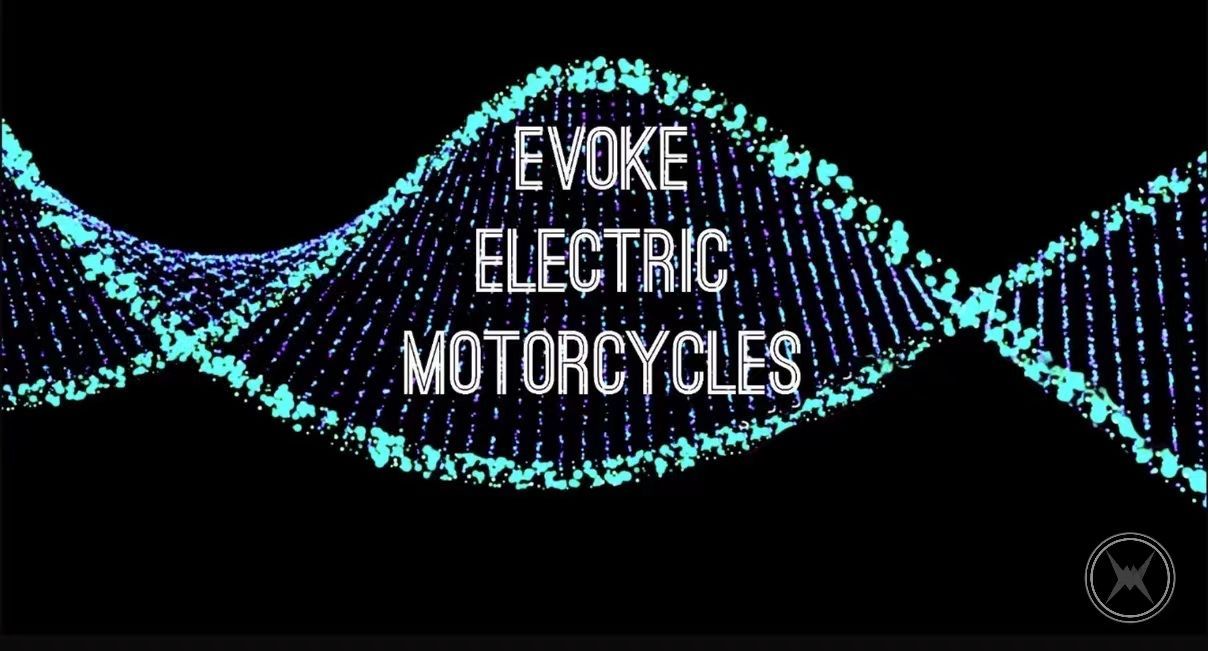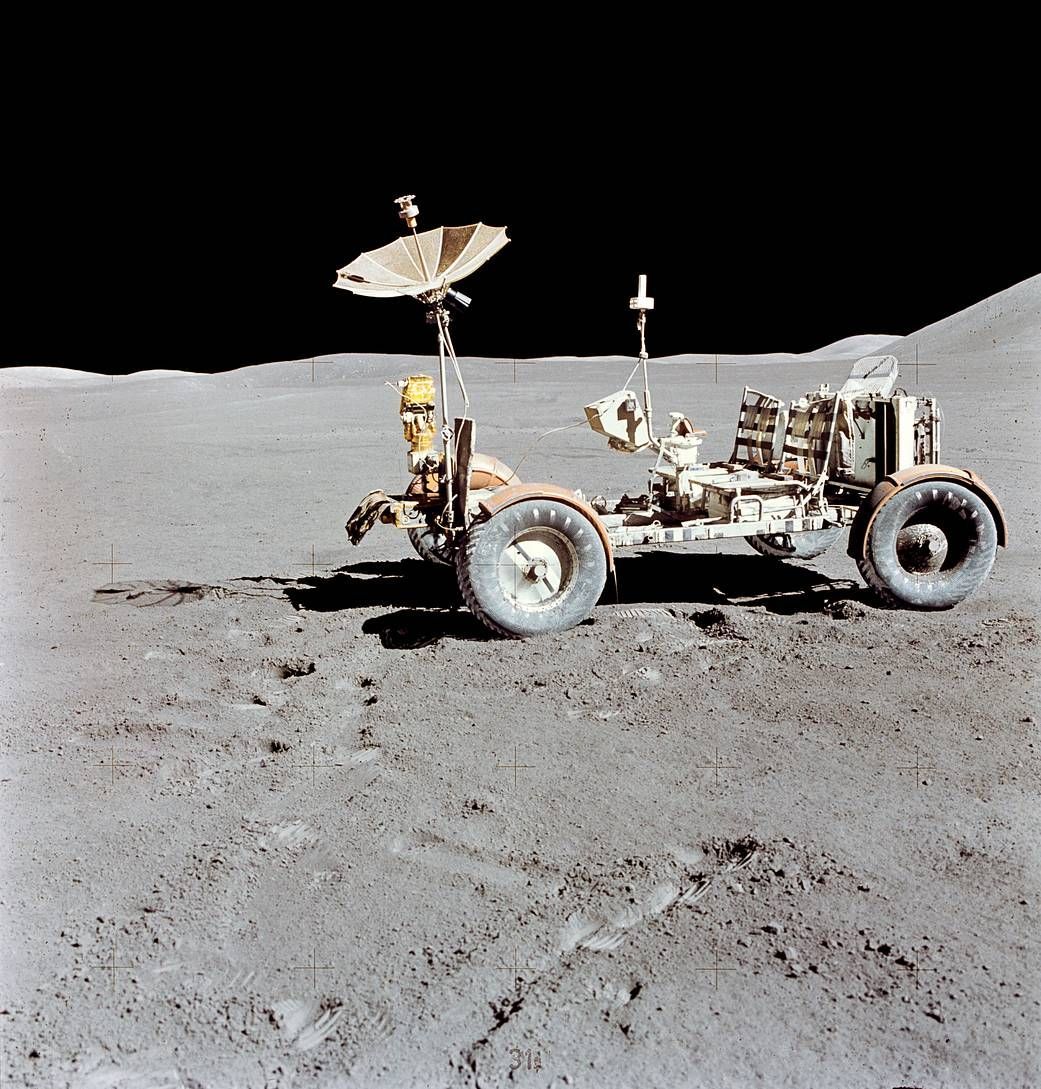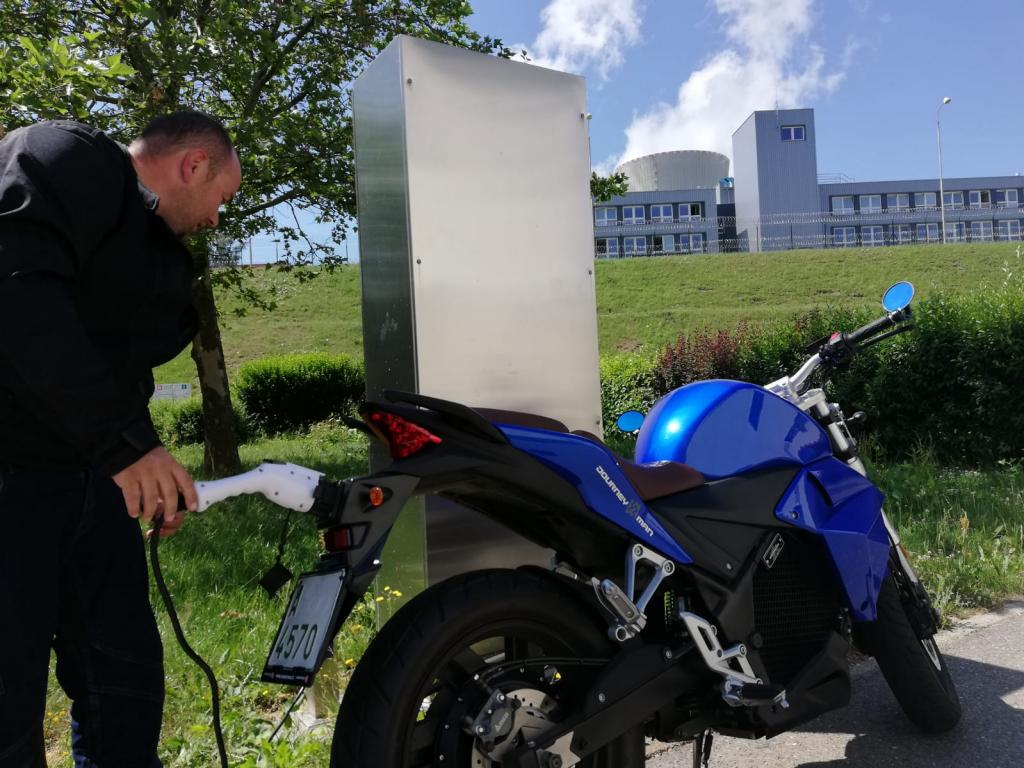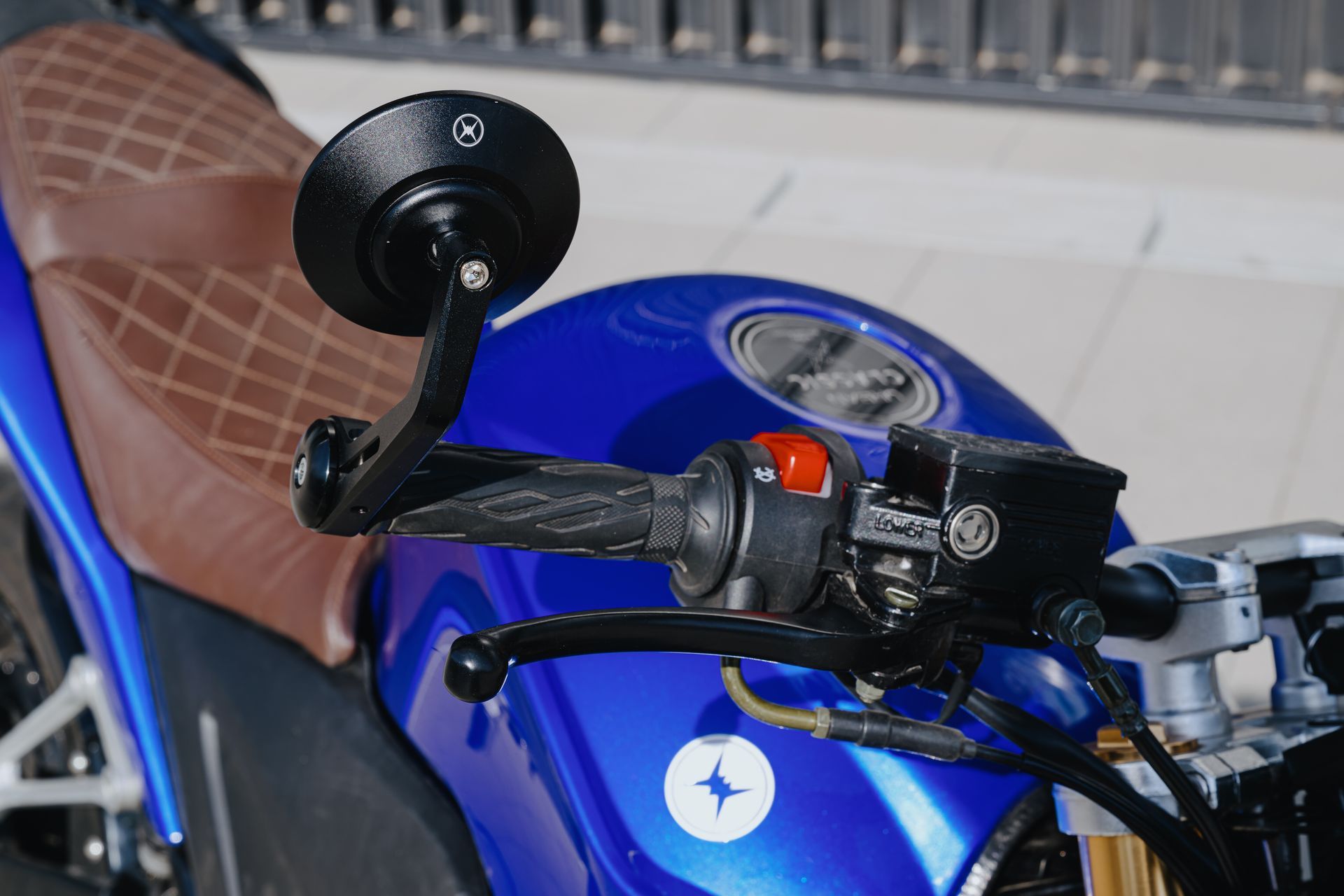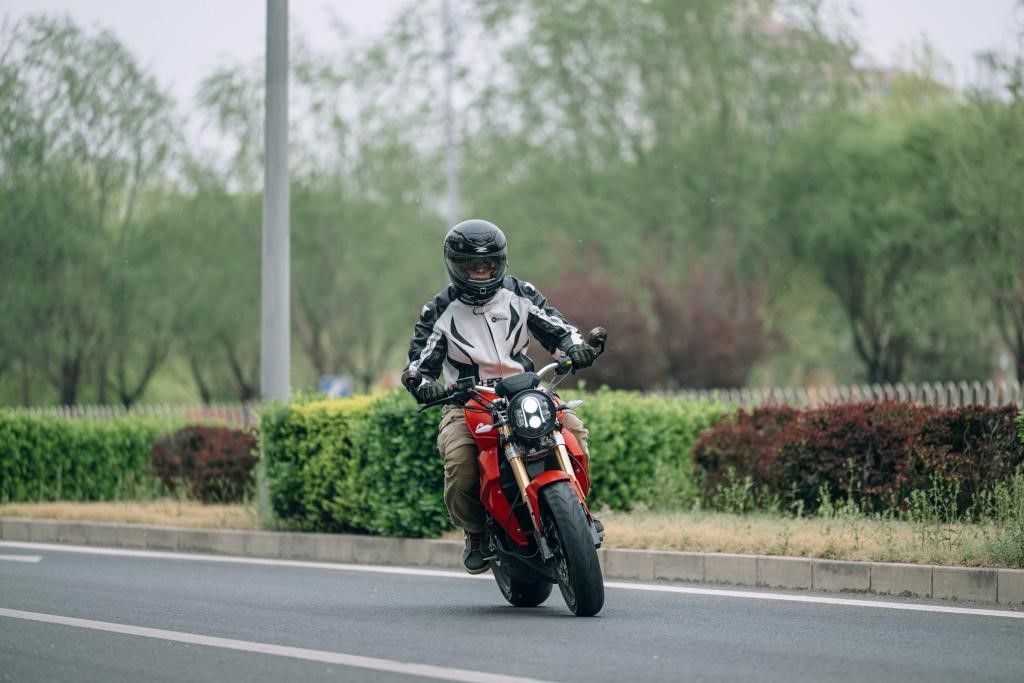Electric Vehicle Range: Points to Consider
How much electric vehicle range is too much when you’re riding your motorcycle?
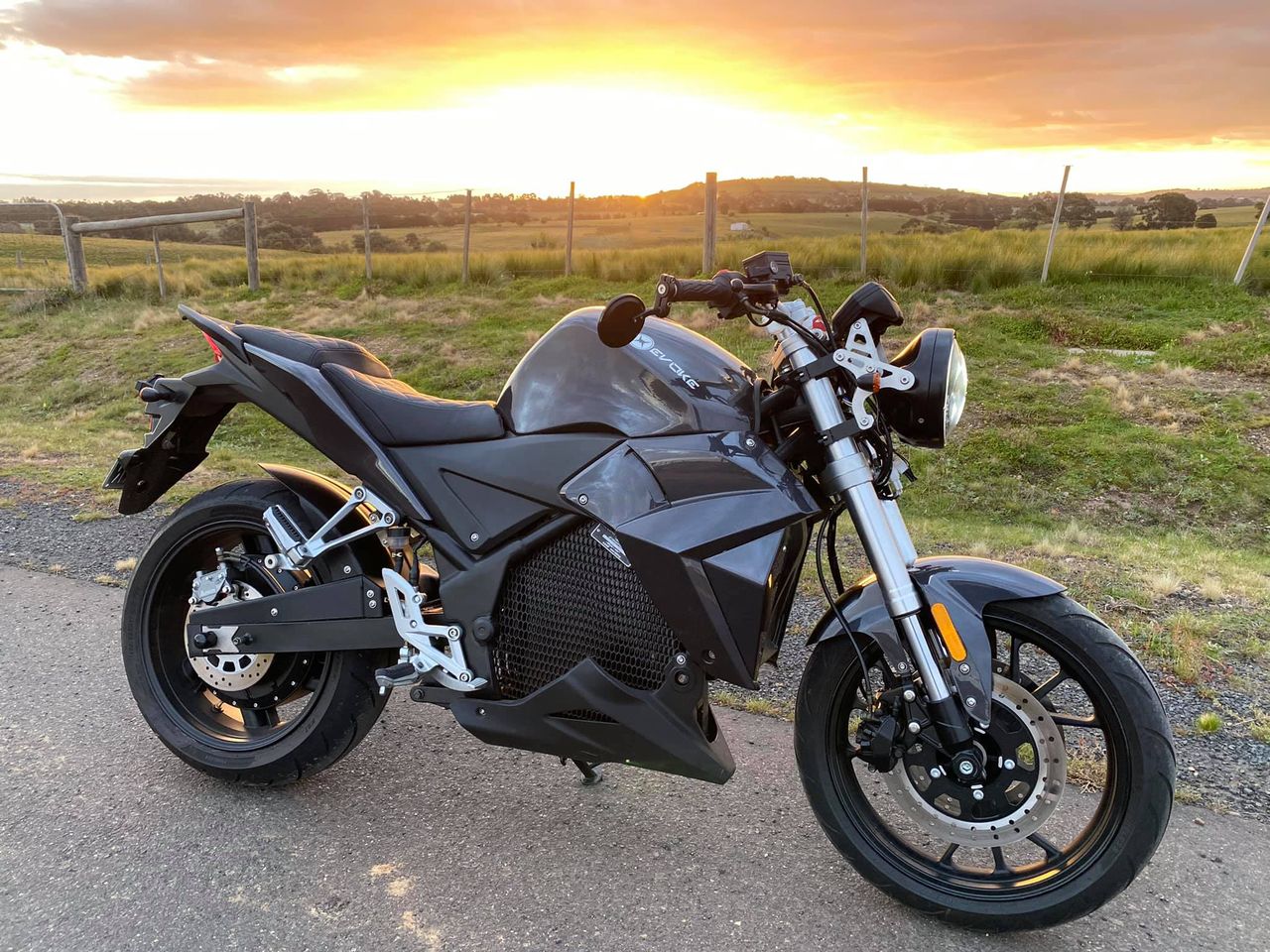
Electric Vehicle Range Considerations
EPA Range Figure
Gas-powered vehicles have Environment Protection Agency’s (EPA) fuel-economy estimates, which contain details on a ride’s performance with its fuel capacity. Electric motorcycles also have their separate ratings with city and highway range capacity.
The Urban S , for example, has a higher city efficiency than highways ride because of its low and variable speed situations and the ability to regain energy during deceleration, aka Regen, using electric motors rather than the traditional braking system.
Everyone who wants to own an electric motorcycle should look for the EPA estimated range figure first. The numbers will tell you how far you can go with a single full charge of the battery. More than the EPA’s fuel economy estimates another way of driving an electric motorcycle efficiently is knowing its charging losses. There’s usually 85 to 90 percent of the bike’s total energy for consumption expressed in Miles Per Gasoline-Equivalent (MPGe), which provides the energy used during the trip.
Related Article:
How to Calculate Range on an Electric Motorcycle
Choosing the Bike for Your Electric Vehicle Range Requirement
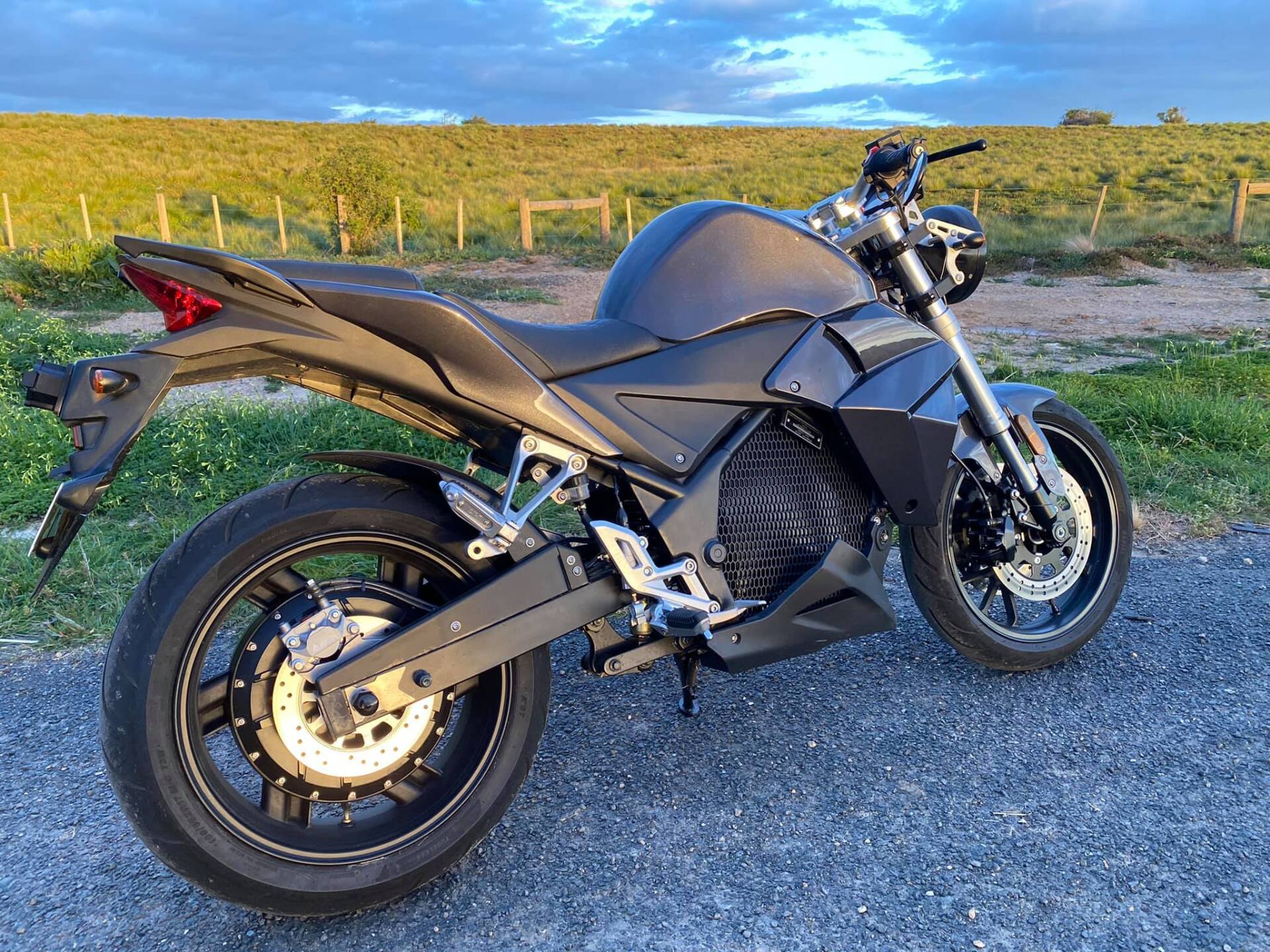
When it comes to picking out the right bike for your EV range requirement, you can select from a wide variety of electric bikes and scooters. Slow-speed electric scooters would typically give you a 50-km ride before requiring you to charge up its battery pack again. For a high-speed one, you can expect a range of 70 to 75 km. So, if you’re doing mostly nearby rides, these electric bikes would be ideal for your use.
However, if you want to enjoy a road trip or a long drive, a high-end motorcycle like the 6061 , which comes with a premium-grade battery pack can give you a riding range of at least 470 km for a city ride at a top speed of 230+ km per hour on a single charge.
Aside from the electric vehicle range, you should also carefully consider motor power. Each EV is different, with each one having different power outputs. Consider which one would best suit your needs.
Buying an underpowered one
will not allow you to stretch your electric vehicle range and even ruin the experience of owning a two-whe
eled ride.
Electric Vehicle Range Limit
Electric vehicle range can be complicated. Figuring the absolute maximum limit can be tricky as it can be difficult to achieve it with any regularity. Primarily because it will require you to top your battery charging to 100%, which isn’t common in electric vehicles. Topping the rate of charging can significantly wear out the battery and shorten its lifespan.
For daily use, charging your batteries up to 90% is ideal. Even at Tesla, the
recommended charging
should be top at 90%. That’s why it’s critical to factor in charging infrastructures when going on long drives. Make sure that you understand the battery buffer between what you can use and the EPA combined rating.

